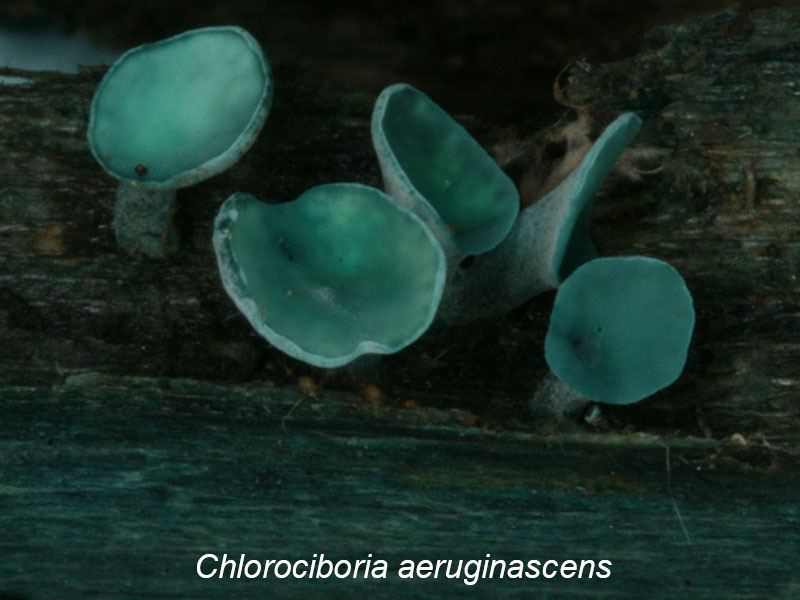
Author(s): Zaac Chavez, C. Carollo Matos & S.A. Mori
This checklist is based on collections made on many excursions but fungi are so diverse that there are many other species in the preserve that have not yet been collected. Use the “Specimens” link in the banner for making searches for specimens. This link will enable accessing collections of a specific collector, a given species, from a certain trail, gathered in June, etc. Specimen vouchers of the species inventoried are archived in the Steere Herbarium of The New York Botanical Garden.
FUNGAL AND SLIME MOLDS CHECKLIST(click here to access)
Our checklist is a list of species of fungi and slime molds documented by herbarium specimens or, in the case of rare or very common species, by images. When a species name in the list is clicked the specimens that represent the species are accessed. The records include the scientific name, label data, images of the herbarium sheets, and field images. Names in our database follow Index Fungorum (Royal Botanic Gardens Kew, 208). The names in the Appendix of this paper synchronize the names of the two databases.
PICTORIAL FIELD GUIDE (Click here to access)
We made this guide to give visitors to the Preserve an opportunity to learn about the fungi and slime molds they encounter. Hawksworth (1991) estimated that there are six species of fungi for each flowering plant species on the planet. Over the last five years, we collected and photographed ca. 300 species of flowering plants in the Preserve (Naczi et al. 2015); thus, we expect there to be as many as 1,800 species of fungi in the area. To date, only 110 species of fungi and slime molds have been recorded in our checklist so it is clear that there are many more species of fungi in the Preserve that have not yet been documented. Because there are so few fungi, the Guide should be used to learn the features that help distinguish the group from the other groups. The fungi and slime molds are closer to animals than they are to plants. In addition, these organisms play important ecological roles in the Preserve.
FUNGAL AND SLIME MOLD LITERATURE (click here to access)
Publications on this list will help visitors to the Preserve identify and appreciate fungi and slime molds found as well as learn about the classification and ecology of the species they encounter.
.